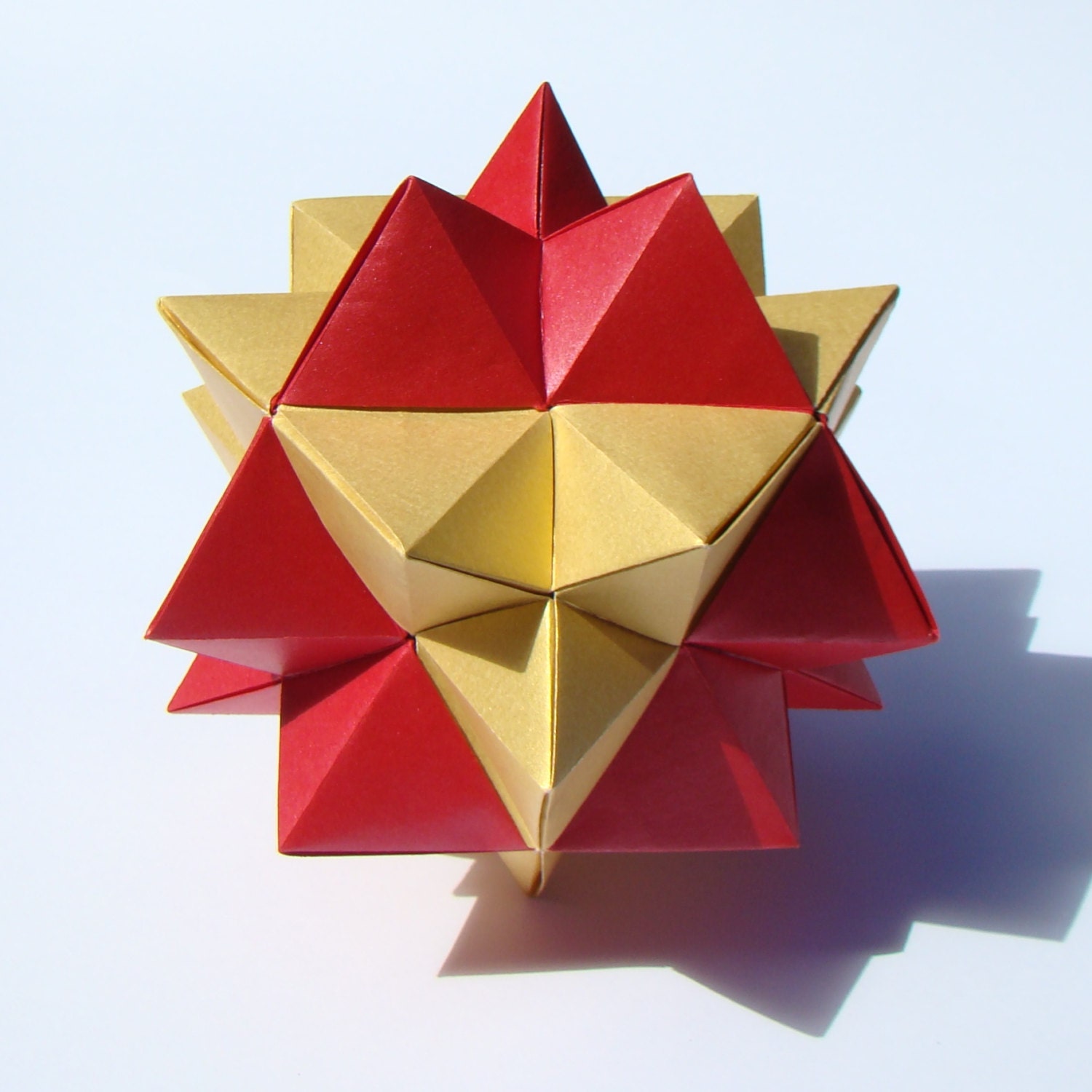

What the cuboctahedron with rigid edges actually can transform into (and through) is a regular icosahedron from which 6 edges are missing (a pseudoicosahedron), a Jessen's icosahedron in which the 6 reflex edges are missing or elastic, and a double cover of the octahedron that has two coincident rigid edges connecting each pair of vertices (formed by making pairs of cuboctahedron vertices coincide).Ģ 3 ≈ 3.464 ĭuality of the rigid-edge and elastic-edge transformations The cuboctahedron does not actually become those other polyhedra, and they cannot transform into each other (if they have rigid edges), because unlike the cuboctahedron they do have structural rigidity as a consequence of having only triangular faces. The rigid-edge cuboctahedron transformation symmetrically transforms the cuboctahedron into a regular icosahedron, a Jessen's icosahedron, and a regular octahedron, in the sense that the polyhedron's vertices take on the vertex positions of those polyhedra successively. The helical contraction of the cuboctahedron into successively smaller-radius polyhedra is visible as it occurs in the rigid-edge cuboctahedron transformation (and in the elastic-edge transformation it would be quite similar). The passage of the Jessen's icosahedron point (important in the elastic-edge transformation because the short edges reach their minimum size and begin to lengthen again) is not visible at all.

This is an animation of the rigid-edge cuboctahedron transformation, not of the elastic-edge transformation: it does not illustrate the Jessen's icosahedron's long edges at all, and the short edges do not lengthen (as they do by 15% at the elastic-edge transformation's cuboctahedron and octahedron limit positions) instead, the (invisible) long edges shorten by 15% at the limit positions (in the elastic-edge transformation they are rigid). The vertex position of the Jessen's icosahedron lies between the regular icosahedron and the octahedron (but the animation does not pause there). The general cuboctahedron transformation can be parameterized along a continuum of special-case transformations with two limit-cases: one in which the edges of the cuboctahedron are rigid, and one in which they are elastic.Ĭontinuous transformation between the cuboctahedron and the octahedron pausing at the vertex position of the regular icosahedron. The 12 vertices of the cuboctahedron spiral inward (toward the center) and move closer together until they reach the points where they form a regular icosahedron they move slightly closer together until they form a Jessen's icosahedron and they continue to spiral toward each other until they coincide in pairs as the 6 vertices of the octahedron. The contraction begins with the square faces of the cuboctahedron folding inward along their diagonals to form pairs of triangles. In their spatial relationships the cuboctahedron, icosahedron, Jessen's icosahedron, and octahedron nest like Russian dolls and are related by a helical contraction. Topologically the transformation follows a Möbius loop: it is an orientable double cover of the octahedron. The cuboctahedron can be transformed cyclically through four polyhedra, repeating the cycle endlessly. Unlike the cuboctahedron itself, the resulting system of edges and joints is rigid, and forms part of the infinite octet truss structure.Ĭyclical cuboctahedron transformations However, when the faces are removed, leaving only rigid edges connected by flexible joints at the vertices, the result is not a rigid system (unlike polyhedra whose faces are all triangles, to which Cauchy's theorem applies despite the missing faces).Īdding a central vertex, connected by rigid edges to all the other vertices, subdivides the cuboctahedron into square pyramids and tetrahedra, meeting at the central vertex.

When interpreted as a framework of rigid flat faces, connected along the edges by hinges, the cuboctahedron is a rigid structure, as are all convex polyhedra, by Cauchy's theorem. The cuboctahedron can flex this way even if its edges (but not its faces) are rigid. Progressions between an octahedron, pseudoicosahedron, and cuboctahedron.


 0 kommentar(er)
0 kommentar(er)
